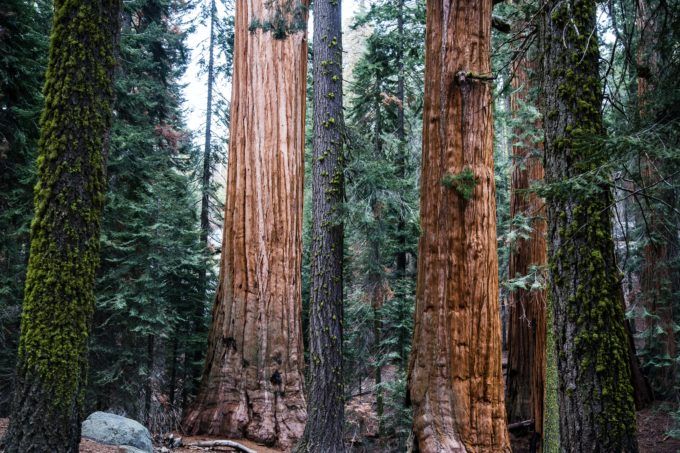
Image by Josh Carter.
Not to return. Earth's the right place for love:
I don't know where it's likely to go better.
-Robert Frost, “Birches” (1916)
Suzanne Simard is a professor in the Faculty of Forestry at the University of British Columbia. She conducts research in a number of related ecological areas, including forest ecology, plant-soil microbial interactions, plant-plant interactions, ectomycorrhizae, and mycorrhizal networks.
In her new book, Finding the Mother Tree, she describes them, thusly:
[between trees] “both neural networks and mycorrhizal networks transmit information molecules across synapses …The mycorrhizal networks could have the signature of intelligence. At the hub of the neural network in the forest were the Mother Trees, as central to the lives of the smaller trees as I was to [my young daughters]. ‘
She’s a leader in The Mother Tree Project, a “guiding principle of retaining Mother Trees and maintaining connections within forests to keep them regenerative, especially as the climate changes.” She grew up in British Columbia’s rain forests. She comes from a family of lumberjacks, but after a first job out of college working for a clear-cut lumber company and was appalled at the lack of personal indifference to the environment being cleared.
This interview was conducted on May 26, 2021.
The post Finding the Mother Tree appeared first on CounterPunch.org.
This content originally appeared on CounterPunch.org and was authored by John Kendall Hawkins.